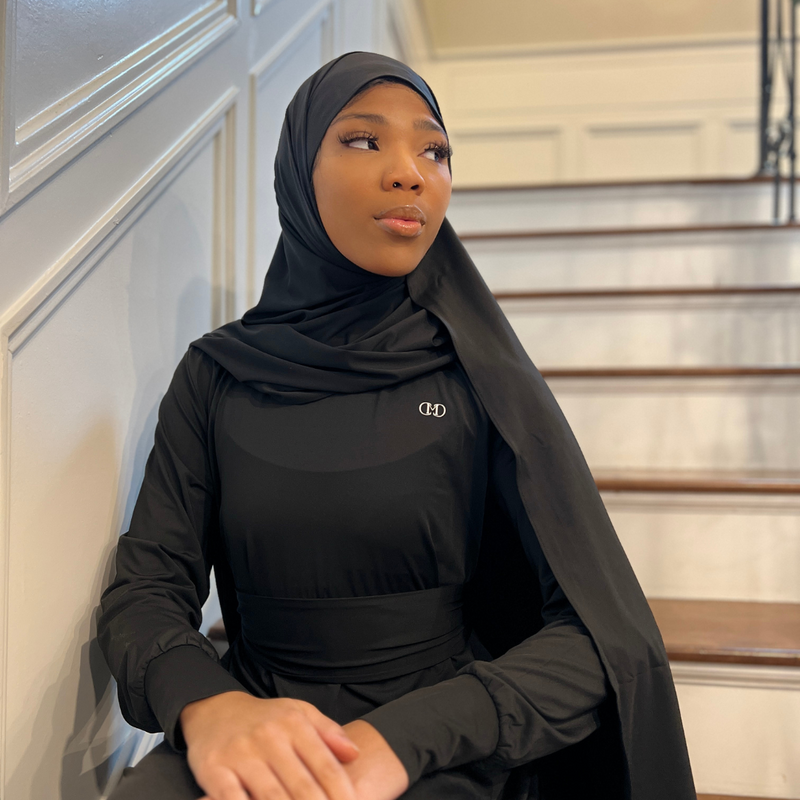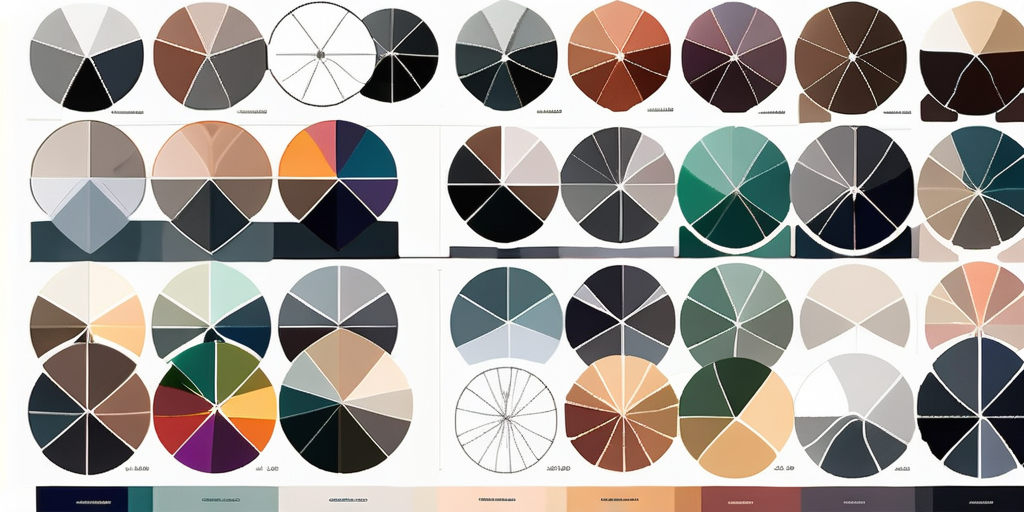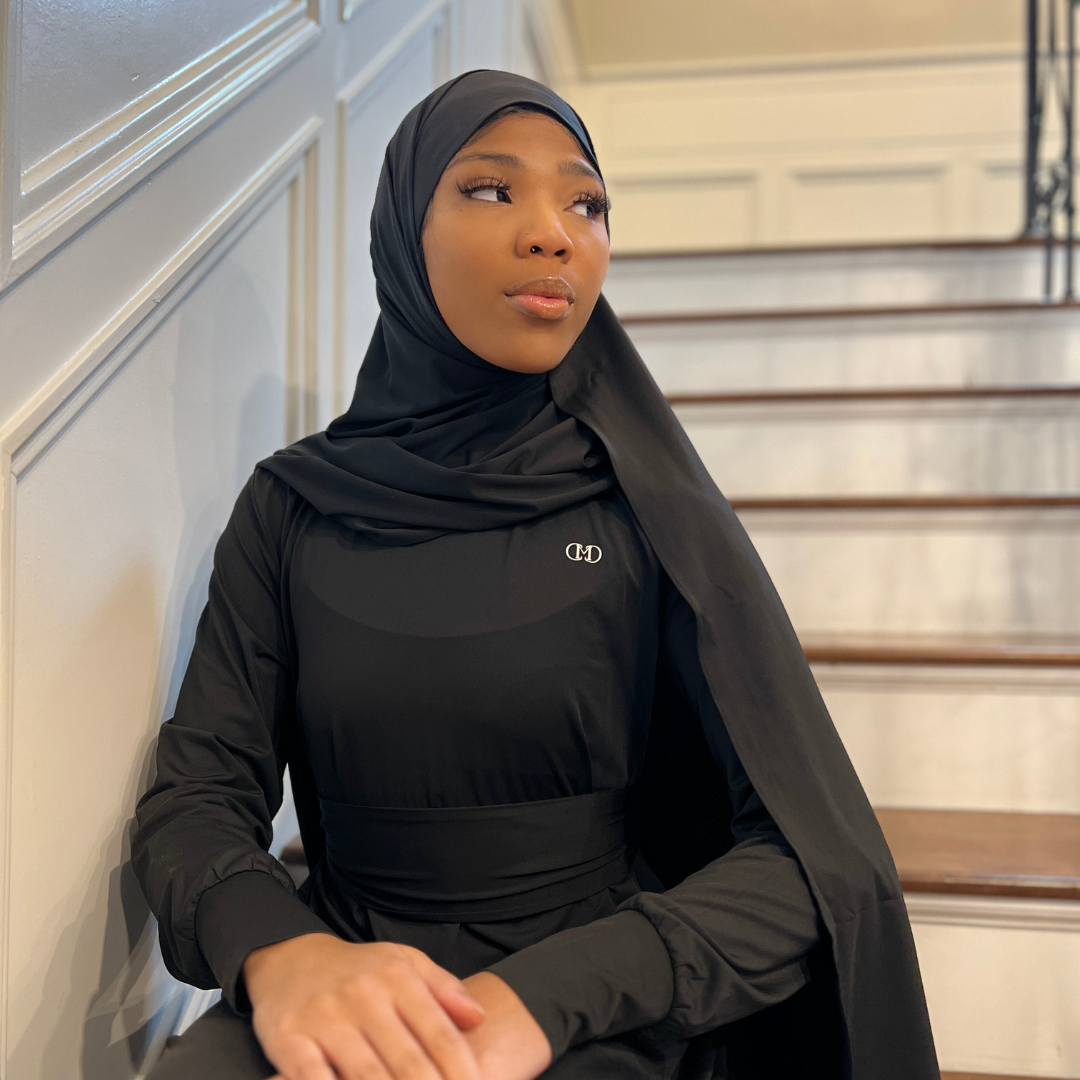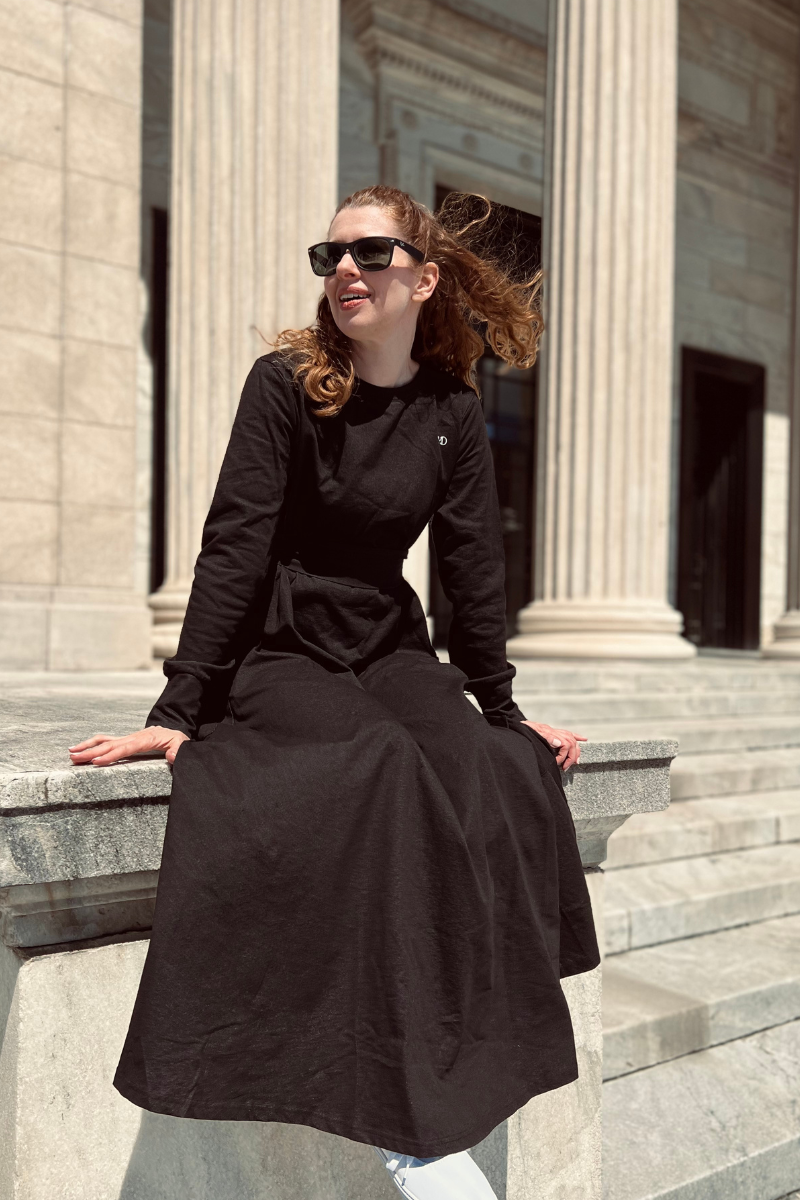
Choosing the right hijab colors can make a world of difference in enhancing the beauty and confidence of dark-skinned women. Understanding the importance of color choices and how they interact with your skin undertones is key to creating a flattering and harmonious look.
In this guide, we will explore the fascinating world of hijab colors and provide you with valuable tips to help you navigate through the vast spectrum of shades.
Understanding the Importance of Color Choices
Colors have the power to evoke emotions, convey messages, and enhance your natural features. When it comes to hijab colors for dark skin, the right choice can illuminate your complexion, highlight your unique features, and boost your overall aesthetic appeal. However, it's important to bear in mind that not all colors are created equal, and some may work better for you than others.
The Role of Skin Undertones
Before diving into the world of hijab colors, it's essential to understand your skin undertones. Undertones are the subtle hues that lie beneath the surface of your skin and can be warm, cool, or neutral.
For dark-skinned women, warm undertones often manifest as golden, yellow, or peachy hues. These undertones can add a beautiful radiance to your complexion, and colors that complement them can make your skin glow even more. Think of earthy tones like deep oranges, rich browns, and warm reds. These colors can create a harmonious balance with your warm undertones, enhancing your natural beauty.
Cool undertones, on the other hand, lean towards blue, pink, or red undertones. If you have cool undertones, hijab colors like jewel tones, such as emerald green, sapphire blue, and amethyst purple, can make your skin appear vibrant and radiant. These colors create a striking contrast against your cool undertones, making your complexion stand out.
Identifying your undertones will serve as a valuable guide when choosing hijab colors that will complement your complexion. By understanding the role of skin undertones, you can make informed decisions that will enhance your overall look.
How Colors Impact Perception
Colors have the ability to influence the way people perceive you and your hijab. Bright and bold colors can command attention and radiate confidence, while softer hues can create a gentle and serene aura.
When you want to make a bold statement, consider opting for hijab colors like vibrant red, electric blue, or fiery orange. These colors can exude power and energy, making you stand out in a crowd. They can also convey a sense of confidence and assertiveness.
On the other hand, if you're aiming for elegance and sophistication, softer hues like pastel pink, lilac, or mint green can create a refined and graceful look. These colors can evoke a sense of tranquility and serenity, adding a touch of sophistication to your overall aesthetic.
It's important to consider the occasion and the message you want to convey when choosing your hijab colors. Whether you want to make a bold statement or exude elegance and sophistication, understanding how colors impact perception can help you achieve the desired effect.
The Color Wheel: A Tool for Choosing Hijab Colors
The color wheel is an invaluable tool when it comes to selecting hijab colors that complement your dark skin tone. It allows you to explore different color harmonies and find shades that will enhance your natural beauty.

Basics of the Color Wheel
The color wheel consists of primary, secondary, and tertiary colors arranged in a circular pattern. Primary colors, such as red, blue, and yellow, are the foundation of all other colors. They are bold and vibrant, representing the purest form of color. Secondary colors, like purple, green, and orange, are created by mixing two primary colors. These colors are a combination of the primary colors and offer a wider range of shades. Tertiary colors, on the other hand, are the result of mixing a primary color with a neighboring secondary color. They are more nuanced and subtle, offering a variety of shades that can add depth to your hijab style.
Using the color wheel as a guide, you can create pleasing color combinations by selecting colors that are adjacent or opposite to each other. Adjacent colors, also known as analogous colors, are located next to each other on the color wheel. They create a harmonious and cohesive look when paired together. Opposite colors, also known as complementary colors, are combinations of hues that lie directly across from each other on the color wheel. These pairings can create a visually striking and harmonious effect.
Complementary Colors for Dark Skin Tones
For dark-skinned women, some complementary color combinations to consider are:
- Orange and blue: The warm tones of orange can beautifully contrast with the cool tones of blue, creating a striking and balanced look.
- Red and green: The rich and vibrant red can be complemented by the earthy and calming green, resulting in a visually captivating combination.
- Purple and yellow: The regal and majestic purple can be paired with the bright and sunny yellow, adding a touch of elegance and vibrancy to your hijab style.
Experimenting with complementary colors can add a vibrant and eye-catching element to your hijab style. By understanding the basics of the color wheel and exploring different color combinations, you can confidently choose hijab colors that not only enhance your dark skin tone but also reflect your unique personality and style.
Read More: Hijab Colors for Light Skin Women: Where To Find Your New Hijab
Best Hijab Colors for Warm Undertones
If you have warm undertones in your skin, embracing rich, earthy tones can beautifully enhance your complexion and bring a warm glow to your face.
Rich, Earthy Tones
Colors like deep browns, burnt oranges, and warm burgundies can create a stunning contrast against your skin and make it radiate with vitality. Swap out your traditional black hijab for a deep chocolate shade or consider exploring the richness of terracotta or cinnamon hues.
Vibrant Jewel Tones
Jewel tones, such as emerald green, royal blue, and deep purple, can amplify the radiance of warm undertones. These bold and luxurious shades can create a captivating effect, drawing attention to your features and creating a sense of elegance.
When it comes to warm undertones, it's not just about the colors you choose, but also the fabric and texture of your hijab. Opt for fabrics like silk or chiffon, as they have a natural sheen that complements warm skin tones. The way the fabric drapes and falls can also add a touch of elegance to your overall look.
Another factor to consider is the season. In the warmer months, you may want to opt for lighter shades of the rich, earthy tones mentioned earlier. Think sandy beige or soft terracotta, which can give a fresh and breezy feel to your outfit. In the cooler months, you can experiment with deeper and richer jewel tones to add warmth and depth to your ensemble.
Best Hijab Colors for Cool Undertones
For those with cool undertones, the key is to embrace colors that complement the natural coolness of your complexion and harmonize with your features.
When it comes to finding the perfect hijab colors for cool undertones, there are a few options that can truly enhance your overall look. Let's explore some additional colors that can beautifully complement your complexion.
Deep Blues and Purples
Cool undertones beautifully pair with shades like navy blue, indigo, and royal purple. These deep, rich colors can create a striking contrast against your skin, helping to bring out your natural radiance and portraying an air of sophistication.
Imagine yourself wearing a hijab in a deep blue shade like the vast ocean at midnight. The richness of this color will not only make your complexion glow but also add a touch of elegance to your outfit. For a more regal look, opt for a hijab in royal purple, reminiscent of majestic velvet curtains in a grand theater.
Soft Pastels
Soft pastel colors, such as mint green, baby pink, and lavender, can create a delicate and ethereal look for those with cool undertones. These light and airy hues can exude a sense of tranquility and charm, enhancing your overall appearance.
Imagine yourself wearing a hijab in a soft pastel shade like a gentle breeze on a warm spring day. The subtle tones of mint green will add a refreshing touch to your outfit, while baby pink will create a sweet and feminine look. For a dreamy and romantic vibe, opt for a hijab in lavender, reminiscent of a field of blooming flowers at dusk.
Remember, when choosing hijab colors for cool undertones, it's important to consider your personal style and preferences. Experiment with different shades and see which ones make you feel confident and beautiful. Whether you go for deep blues and purples or soft pastels, embrace the colors that bring out the best in you.
Neutral Hijab Colors for Dark Skin
Neutral colors are timeless and versatile choices that work well for all skin tones, including dark-skinned women. These colors can effortlessly complement your complexion and provide a backdrop for other elements of your outfit.
The Versatility of Neutrals
Shades like beige, taupe, gray, and ivory can add a touch of elegance and sophistication to any hijab style. These neutral hues allow you to create a myriad of looks, from effortlessly chic to powerfully professional.
Choosing the Right Shade of Black or White
Black and white are classic choices for hijabs and can complement dark skin beautifully. However, it's important to select the right shade to ensure a flattering look. Opt for softer shades of black, such as charcoal or dark chocolate, to avoid overpowering your complexion. For white, consider cream or off-white tones to add subtle warmth to your overall appearance.
When it comes to choosing the perfect hijab color for your dark skin, it's essential to consider the undertones of your complexion. For those with warm undertones, earthy shades like camel or mocha can enhance your natural glow. If you have cool undertones, shades like silver or dove gray can create a striking contrast.
Remember, while these recommendations can guide you in choosing the most flattering hijab colors for your dark skin, personal preference and confidence should always be the final deciding factors. Experiment with different shades, patterns, and textures to find your own unique style and embrace the beautiful spectrum of colors available to you.
So go ahead, explore the world of hijab colors, and let your vibrant personality shine through every carefully chosen shade. Whether you opt for a soft pastel or a bold jewel tone, the right hijab color can elevate your entire look and make a powerful statement.
Additionally, don't be afraid to mix and match different colors to create eye-catching combinations. Pairing a neutral hijab with a vibrant accessory, such as a statement necklace or a patterned handbag, can add an extra layer of visual interest to your outfit.
Lastly, consider the occasion when selecting your hijab color. For formal events, rich and deep colors like burgundy or navy can exude elegance and sophistication. On the other hand, for casual outings, light and airy colors like blush or sky blue can create a fresh and relaxed vibe.









0 comentarios